
List of Top 5 Open Source Code Management tools
- Github
- Git
- Mercurial
- CVS
- SVN (subversion)
1. GitHub:-
GitHub is an open-source hosting platform, which provides the software development version control to the users. The cloud-based service opens the door for the developers to manage and store their codes with an advantage to change and track it with the possession of full authority. It is the largest open-source hosting platform on the planet for coding. In addition to the Git code warehouse hosting and basic web management interface.
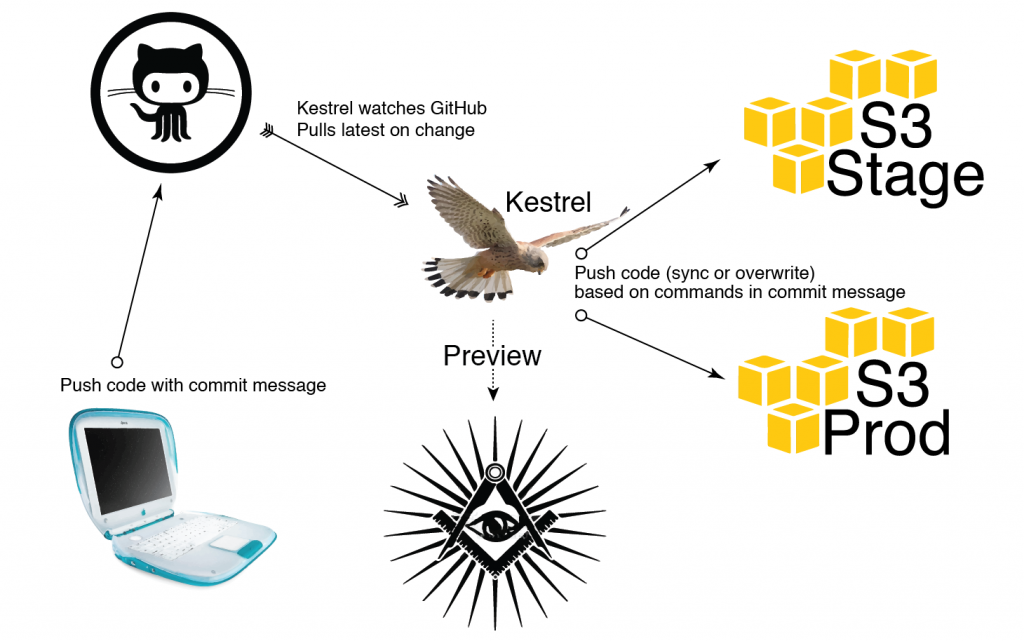
Key-features of GitHub
- It makes it easy to contribute to your open source projects
- Track changes in your code across versions
- Creating a folder via the Web Interface
- Automate from code to cloud
- Map, CSV and 3D Rendering
- largest host of source code in the world
In this video you can see more information about GitHub
2. Git:-
Git is a free and open-source distributed version control system it’s designed to manage source code, which in most languages consists of lines of text everything small to big projects with speed and productivity. Git tracks the changes you make to files so so you have a record of what has been done, and you can revert to specific versions should you ever need to. Git has a remote repository which is stored in a server and a local repository which is stored in the computer of each developer.
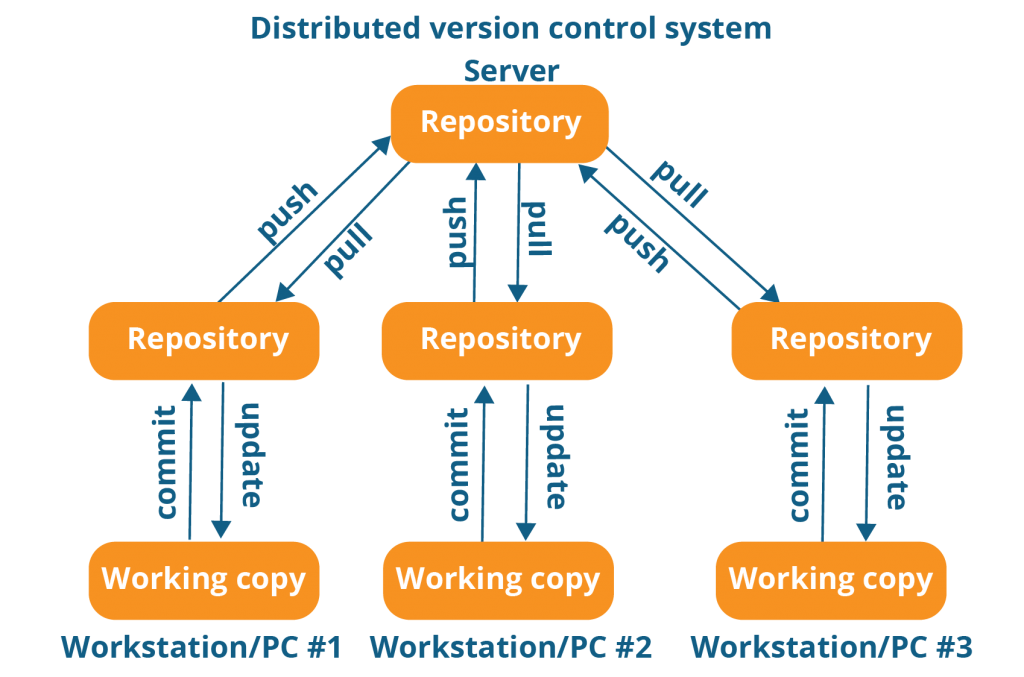
Key-features of Git
- Git is an open and free source
- Remote Repositories (on GitHub & Bitbucket)
- Branches & Merging
- Git works with your team
- Strong community support
In this video you can see more information about Git
3. Mercurial :-
Mercurial is a free and open-source distributes control management tools. Mercurial helps to add new features and using them directly from the main hg command line as if they were built-in commands. It’s also referred to as a revision control system. It efficiently handles projects of any size and offers an easy and intuitive interface. Mercurial is fast and powerful management tools its handle projects any size of a kind. Mercurial supports a multitude of workflows and you can easily enhance its functionality with extensions. Mercurial’s CLI is also quite similar to Subversion’s, which can help ease the transition between the two tools.
Beginning Distributed Version Control with Mercurial
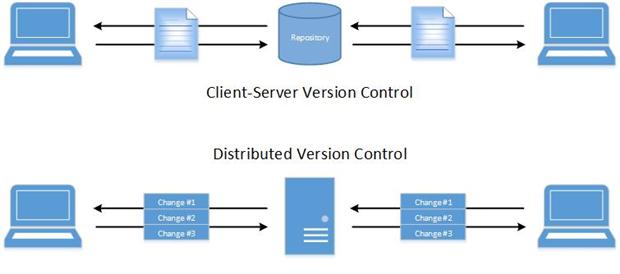
Key-features of Mercurial:-
- Open-source
- Add graphical history viewing
- Improvements to give a better overview of changes
- Show file-mode changes
- Allow marking lines of “file” and “annotate” view
- Add HTML anchors to many elements
In this video you can see more information about Mercurial
4. CVS:-
CVS is a Concurrent versions control system its a version tracking system. CVS is a free and important component of source configuration management in the field of software development. CVS provides a flexible modules database it helps to apply names of collection of directories and files. A single command can manipulate the entire collection. CVS can be used in many environments for many purposes: maintaining configuration files, mail aliases, source code, FAQ files, art, music, articles, essays, and books.
A CVS-Server Security Architecture
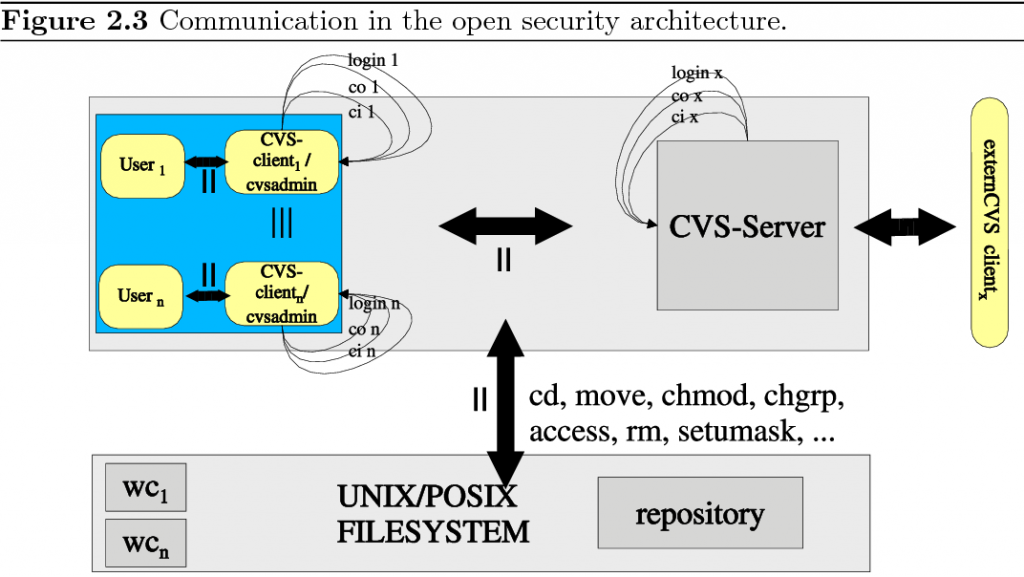
Key-features of CVS
- Source Files History.
- Documents History Record.
- CVS Operations Logging.
- Site-Specific Policies Enforcement.
- Collaboration.
- Vendor Branches.
- Unreserved Checkouts.
- Modules Database.
In this video you can see more information about CVS
5. SVN:-
SVN means “Subversion” control system Subversion is an Apache project. Subversion manages to them file and directory and change made on them. A repository is a hearts of the programmer because developers store here all work, Subversion helps to recover your old data repository can be used to quickly “go back in time” and restore all. If you need to collaborate with people on documents usually over a network and keep track of who made any changes, then Subversion is also appropriate. subversion allow to used by individuals on a distinct computer could work across the network. Its capability for numerous users or individual work on similar projects.
Architecture and Design of Subversion – SVN
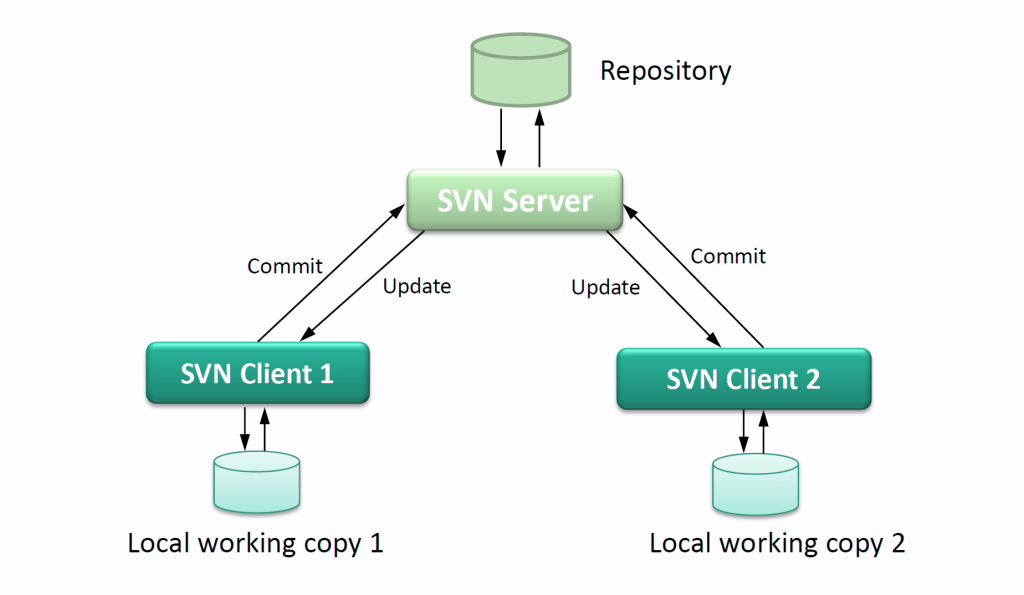
Key-features of SVN
- Free-form versioned metadata (“properties”).
- Copying, deleting, and renaming are versioned
- Symbolic links can be versioned
- Binary files handled efficiently
- Bindings to programming languages
- Choice of network layers
In this video you can see more information about SVN
I’m a DevOps/SRE/DevSecOps/Cloud Expert passionate about sharing knowledge and experiences. I am working at Cotocus. I blog tech insights at DevOps School, travel stories at Holiday Landmark, stock market tips at Stocks Mantra, health and fitness guidance at My Medic Plus, product reviews at I reviewed , and SEO strategies at Wizbrand.
Please find my social handles as below;
Rajesh Kumar Personal Website
Rajesh Kumar at YOUTUBE
Rajesh Kumar at INSTAGRAM
Rajesh Kumar at X
Rajesh Kumar at FACEBOOK
Rajesh Kumar at LINKEDIN
Rajesh Kumar at PINTEREST
Rajesh Kumar at QUORA
Rajesh Kumar at WIZBRAND

 Starting: 1st of Every Month
Starting: 1st of Every Month  +91 8409492687
+91 8409492687  Contact@DevOpsSchool.com
Contact@DevOpsSchool.com
